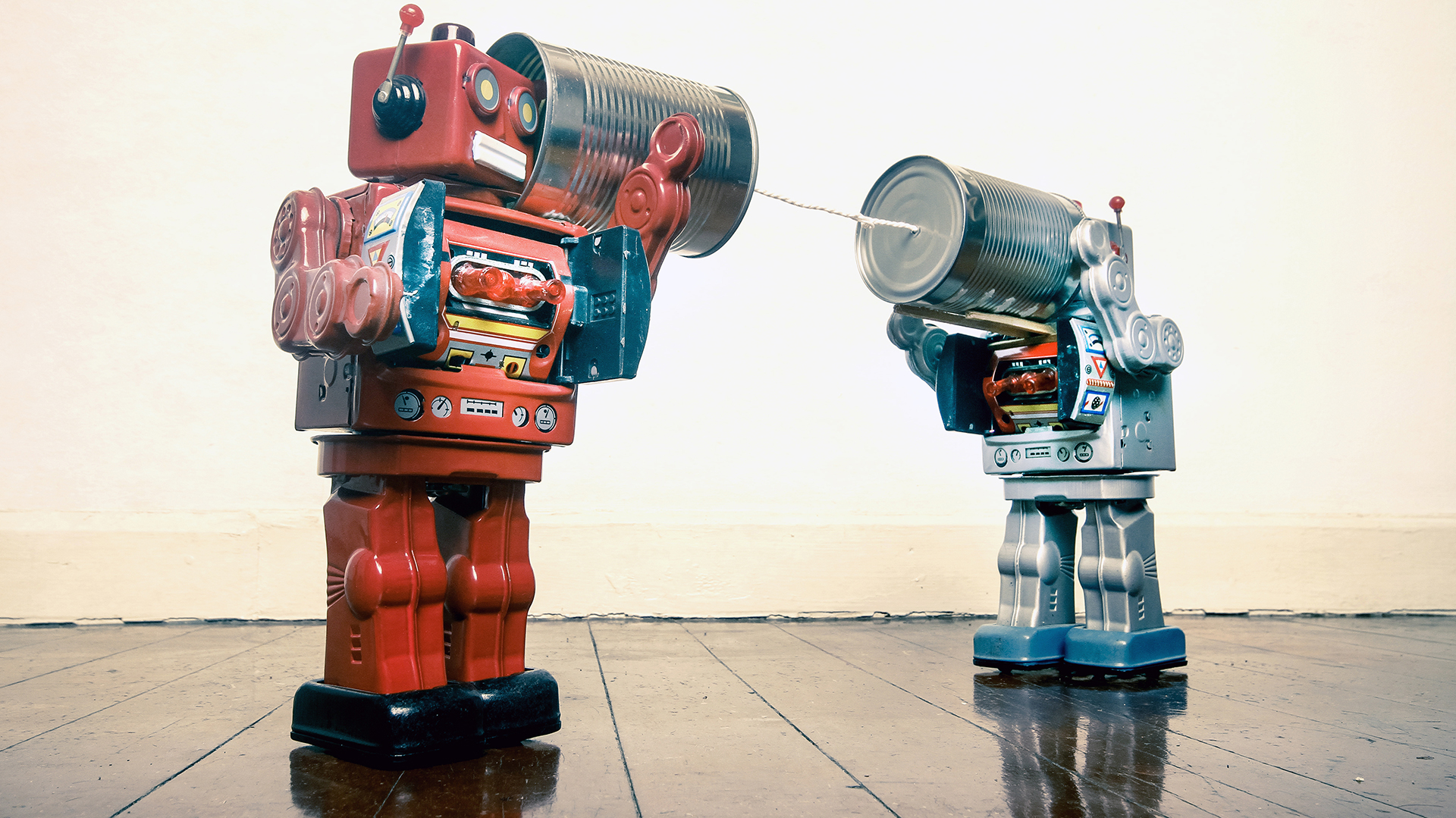The Three Phases of Zero-Touch Service: Today, Tomorrow, and Years From Now
Jun 15, 2020 • Features • Mark Brewer • Remote Assistance • Zero-touch • servicemax
Only a few months ago the concept of zero-touch service was a niche within a niche. Today is has proven critical in ensuring continuous service delivery in the light of Covid-19. Mark Brewer, Vice President Service Industries, IFS looks at what this looks like today and in the future...
Over the course of the last five years or so, we’ve seen the steady creep of businesses in a variety of industries moving towards completely contactless service in various ways: fast casual restaurants putting mobile orders on shelves, retailers creating online pickup lockers, self-checkout kiosks, and IoT-enabled fixes for devices like routers and cable boxes.
ZERO TOUCH SERVICE
Given the current crisis that we face with COVID-19, I believe that it’s safe to say that the creep will begin to accelerate into an avalanche, and service in many ways will lead that charge. It’s easy to pigeonhole these innovations into one or two technologies, but zero-touch service will likely be achieved through dozens of technologies, sometimes working in tandem, sometimes tied to the specific needs of an industry.
Below, though, are three benchmarks based on what we can accomplish today, and what our current technology decisions can already tell us about what tomorrow will look like. Let’s start with what companies can do right now:
Remote Assistance
We’ve already seen in recent years the prevalence and usability of augmented reality creep forward, and this has become increasingly commoditised and utilised for service functions across a variety of disciplines. I’ve long since promoted it as a means to train up new and contingent employees quickly on company policies, but it’s a clear vector for augmented reality.
When zero-touch is the only way to reach your customer, remote assistance can be a quick and effective way to get you there today. An IFS customer, Munters, was able to deploy a solution in six days. For them, it was an existential decision, and it kept them whole in a time where their contemporaries were melting down.
Obviously this is not always a reasonable replacement for an in-person meeting, as there is often a skills or resource gap between the back office and the field in remote service. But if you’re able to keep 50% of your clients up and running without a truck roll, the trickle-down benefits to your business are substantial. It’ll keep contracts renewed, avoid SLA penalties, and keep employees where they want to be: On the job. This is what we can do today. What about tomorrow?
A New Kind of Parts Management
Triage might be the best use for remote assistance today, but often the process of repair makes that a bit more challenging. It doesn’t have to be, though. If you have a fleet of vans with parts inventory on them that are sitting in a depot, you have a fleet of zero-touch delivery vehicles ready to go.
"Theoretically, the infrastructure is mostly there to make this work today. The most important part is a thorough, consistent, and comprehensive parts management and reverse logistics system..."
Imagine a scenario where a customer initiates a remote repair call, and the technician identifies a part that needs to be replaced based on a combination of IoT data and visual inspection. Rather than dispatch a technician, you could dispatch the part itself—often within a reasonably small window—then provide step-by-step replacement or repair instructions via the augmented reality array. It could be done live, with an actual person, or, increasingly, step-by-step instructions could be prerecorded and validated using the AR screen.
Theoretically, the infrastructure is mostly there to make this work today. The most important part is a thorough, consistent, and comprehensive parts management and reverse logistics system. You need to know inventory on every truck, at every warehouse, where each piece is in the depot repair process, and where and how remittance, reissue, or scrapping occurs.
With these two pieces in place, companies will be well-suited for today’s challenges. Remote assistance is available today, zero-touch parts allocation will take time to map out. The third phase takes it a step towards science fiction, though it’s a sci-fi that’s well within the realm of possibility over the next few years.
Assisted Repair
Imagine a scenario where, when a break occurs or is expected, a Roomba-like robot is dispatched, and through a drone-like interface is able to eliminate an issue without involving any humans. This may seem outside the realm of possibility today, but many industrial manufacturers are deploying fleets of robots specially designed to assist with simple repairs. From lifting and handling heavy parts to replacing faulty ones, to running routine security checks and providing a photo log that is attached to the customer account.
There’s obviously a huge amount of hardware infrastructure that needs to be considered here, and this is completely impossible in a number of industries, but think about the degree of customer attrition you’ll mitigate by having your customer add your robot to their family. Combine these capabilities with remote parts remittance and shared view repairs, and you’ll see the cost per truck roll plummet, and customer satisfaction skyrocket.
Further Reading:
- Read more articles by Mark Brewer @ https://www.fieldservicenews.com/markbrewer
- Find out more about ServiceMax @ www.servicemax.com
- Read more about remote service @ https://www.fieldservicenews.com/remoteservice
- Read more about spare parts management @ https://www.fieldservicenews.com/spareparts
- Read more about Covid-19 in service @ https://www.fieldservicenews.com/en-gb/covid-19





















 Field Service News is published by 1927 Media Ltd, an independent publisher whose sole focus is on the field service sector. As such our entire resources are focused on helping drive the field service sector forwards and aiming to best serve our industry through honest, incisive and innovative media coverage of the global field service sector.
Field Service News is published by 1927 Media Ltd, an independent publisher whose sole focus is on the field service sector. As such our entire resources are focused on helping drive the field service sector forwards and aiming to best serve our industry through honest, incisive and innovative media coverage of the global field service sector.
Leave a Reply